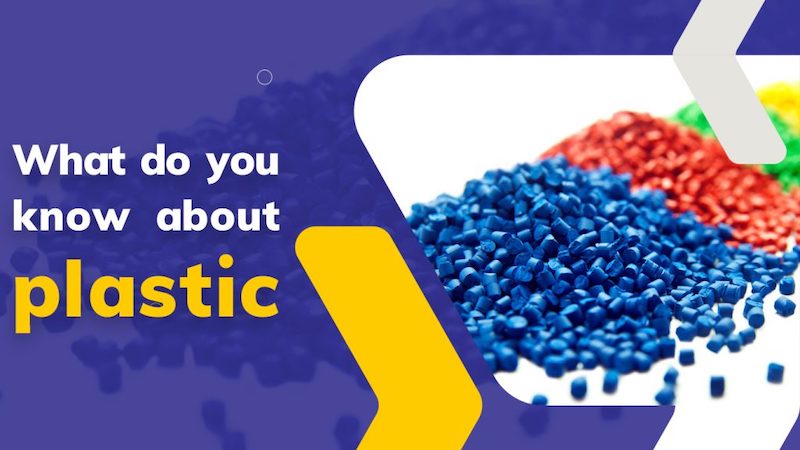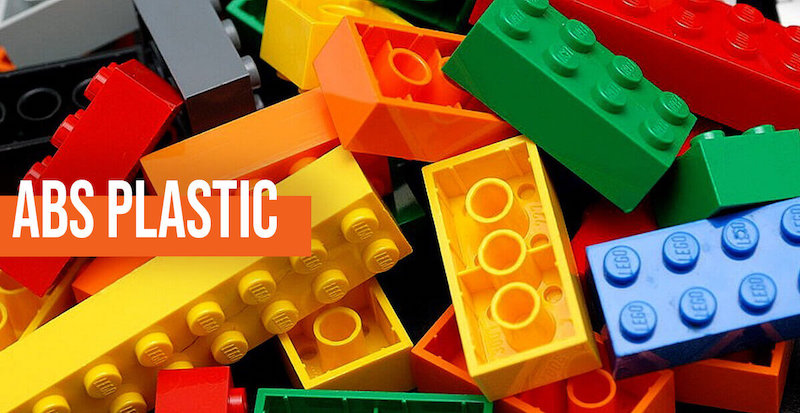ABS plastic, a thermoplastic polymer characterized by its opacity, exhibits a unique phase transition from solid to liquid state at specific temperatures.
This unique property makes it highly suitable for injection moulding, recycling, and other processes. The manufacture of ABS plastics involves a complex process involving emulsions, where dissimilar components, which are generally not mixed in a composite product, are combined. Furthermore, continuous mass polymerization is used in the process to further contribute to the product's versatility and usability. This robust manufacturing process ensures the production of sustainable and flexible plastics that are widely used in a variety of industries.
The rapid manufacturing process for ABS uses emulsions, a method of combining multiple components which are not commonly combined naturally in a single product. This emulsification process is similar to the well-known example of milk ho, a typical diet resulting from a combination of disparate ingredients. Another method of ABS production is the patented continuous mass polymerization, although this method is not used as often.
The emulsion method stands out as the dominant and widely accepted method for ABS polymerization worldwide due to its effectiveness and efficiency. This method enables the production of ABS plastics, characterized by their opaque nature and unique thermoplastic properties.
Furthermore, being a thermoplastic, ABS boasts recyclability, making it easy to recycle. This environmentally friendly characteristic makes the common practice of recycling ABS plastics to produce new ABS a sustainable process in line with environmental considerations. Versatile, reusable ABS emphasizes its importance in various industries, therefore performance and ecological responsibility, And this is becoming a favourite for enthusiasts that they do the things.
How and where is ABS plastic used?
ABS benefits significantly from its exceptional flexibility and corrosion resistance when in contact with abrasives. This versatile plastic is widely used in a variety of applications, from 3D printing and computer keyboards to LEGO toys, power tool sheds, wall sockets, computer parts, car parts, luggage bags, airframes on chairs, helmets, chairs, tables, and so forth The versatility of ABS in different grades and letters is highlighted by its various applications in other industries.
The main reason for the popularity of ABS is its low cost, making it an economically viable option for manufacturers in various industries, but note that ABS should be avoided in hot climates because it is relatively lightweight compared to some other plastics. It is an ideal choice for large arrays.
ABS stands out not only for its durability but also for its opacity, allowing manufacturers the flexibility to apply different colours by adding different colours. Once cooled, ABS exhibits flexibility, and it shines forth and enhances its beauty. This unique combination of features makes ABS a desirable option in industries where performance and visual appeal come first. As technology and manufacturing advances, the use of ABS continues to evolve, further cementing its role as an essential versatile material in the world of plastics.
What are the different components of ABS plastic?

Recycling number 7
ABS and the materials used to make it have a recycling rate of 7. This means that they fall into the category of "other" types of plastics, which means that they contain a variety of resins. Although ABS is recyclable, what is included in this section emphasizes the importance of careful packaging as well as handling during recycling.
Features of ABS plastic
ABS is 50% styrene, with the remaining 50% butadiene and acrylonitrile. This unique combination of monomers contributes to ABS's balance of strength, blend stiffness, toughness, and chemical resistance.
ABS plastic has high impact smoothness at low temperatures
ABS also exhibits impressive effects in low-temperature conditions. This characteristic makes it suitable for applications where durability and resistance to external forces are required, especially in environments with different temperatures.
Low water content and flammability
ABS has a shallow melting point and can be helpful in some applications but requires caution at high temperatures. However, it should be noted that ABS is highly flammable and produces a lot of smoke when burned. This characteristic affects its suitability for a particular application, and careful consideration of fire safety measures is required.
ABS plastic has limited Weathering Resistance
ABS has limited weather resistance, which means it can deteriorate after prolonged exposure to sunlight, UV rays, and harsh environments. This makes it unsuitable for outdoor use without safety measures, which is appropriate.
Easy to handle
The main advantage of ABS is its ease of service. Whether drilling, grinding, or sawing, these manufacturing machines can be built with relative ease. This makes ABS a favourite for manufacturers looking for easy-to-use materials during construction.
Purchasable and reusable items
ABS is cost-effective, contributing to its widespread use in various industries. Its affordability, coupled with its reusability, makes it an environmentally friendly choice. The ease of recycling further encourages the sustainable use of ABS, in line with the growing environmental concerns and policies.
New ways in which ABS plastic offers advantages

Versatile 3D printing options in ABS plastic
ABS is a widely used material in 3D printing due to its versatility. It can be easily moulded and hardened, making it suitable for creating incredibly detailed 3D-printed objects. The resistant and durable effects of the material make it desirable for rapid prototypes, complex models, and applications using additive manufacturing techniques.
Child-proof Lego construction
ABS is the main element in LEGO bricks, helping to make them more popular and safer for children. The plastic's durable, non-toxic nature makes it the ideal choice for toys that withstand rough play, and to meet stringent safety standards, the versatile ABS allows shapes and colours to be acquired, increasing the creative power of Lego construction.
Vehicle anti-impact features
The car sector makes extensive use of ABS polymers, particularly for anti-shock purposes. ABS's blend of hardness and stiffness improves vehicle safety and increases structural integrity during a collision, making it a desirable material for interior trim, bumpers, and other safety-related elements that can take high-impact forces without breaking.
Conclusion of ABS plastic
this comprehensive guide provides a complete insight into the world of ABS plastics with its many facets and applications. From the critical role of 3D printing, helping to create sturdy prototypes, to its use in the manufacture of child-safe Lego bricks and its importance in the manufacture of impact-resistant automotive parts, this valuable manufacturing strategic project proves that ABS plastic is a versatile and vital manufacturing material, exhibiting the unique properties that make ABS an industry favourite, balanced with performance, understanding the safety and flexibility of ABS plastic applications opens the door to a world where innovation meets practicality in product development.
Are you working on parts needed in ABS plastic? TEAM MFG offers CNC machining services and injection molding services to meet your projects needs. Contact us today!





















